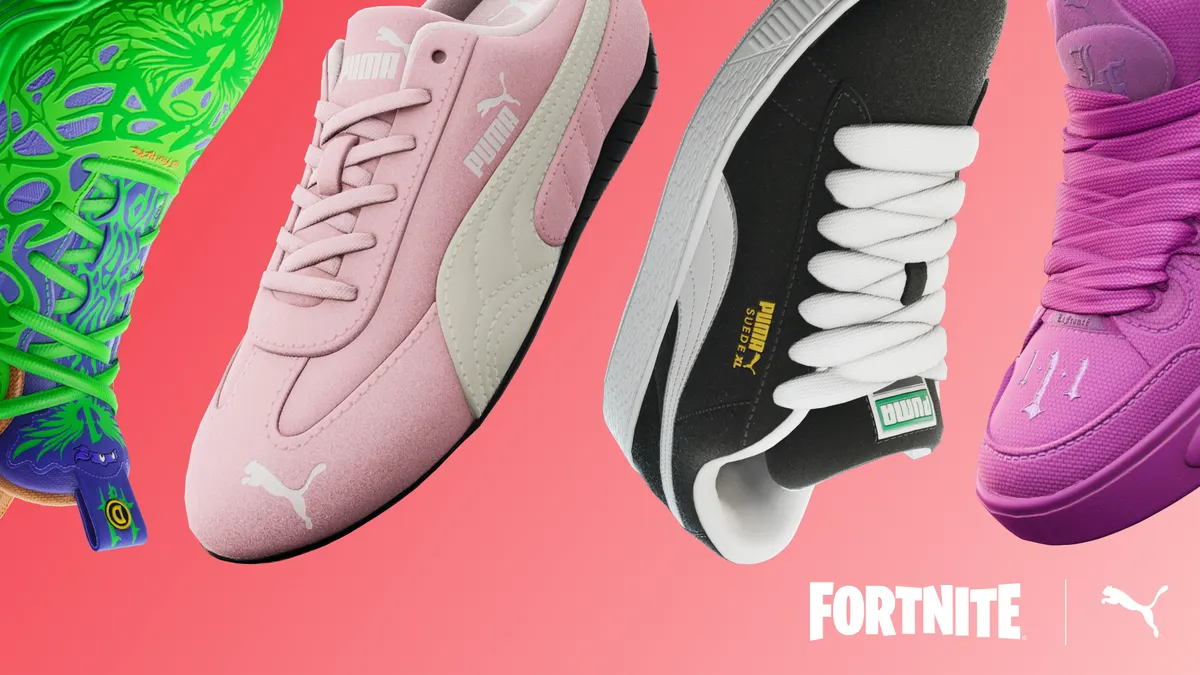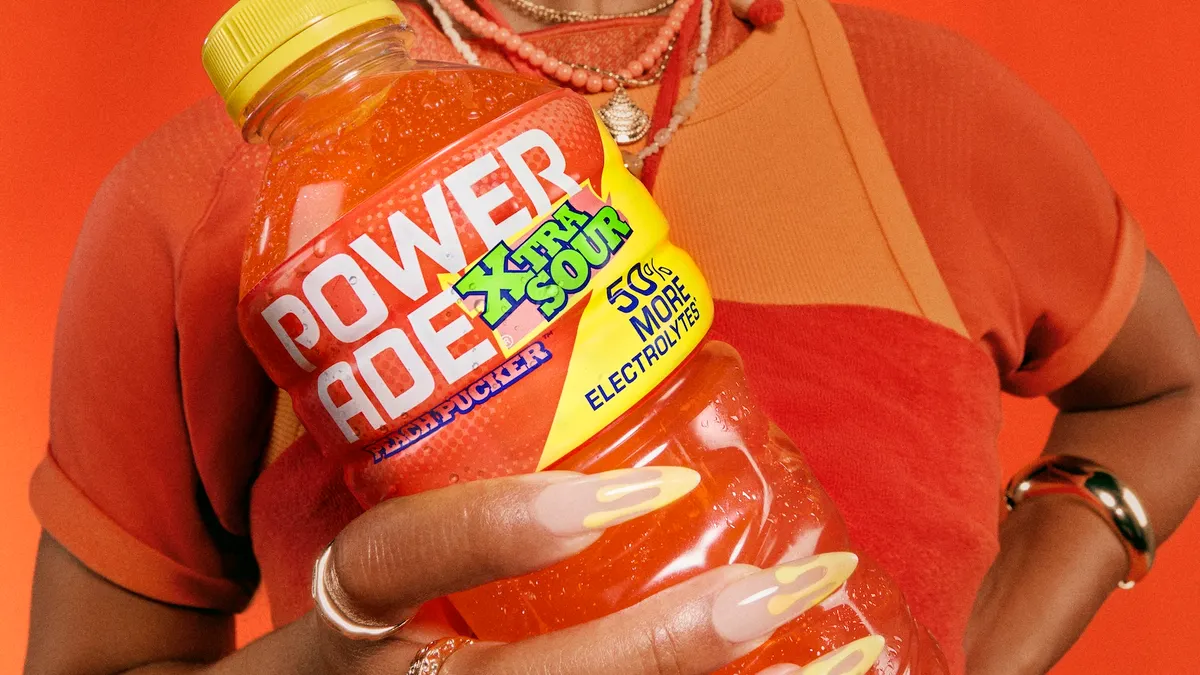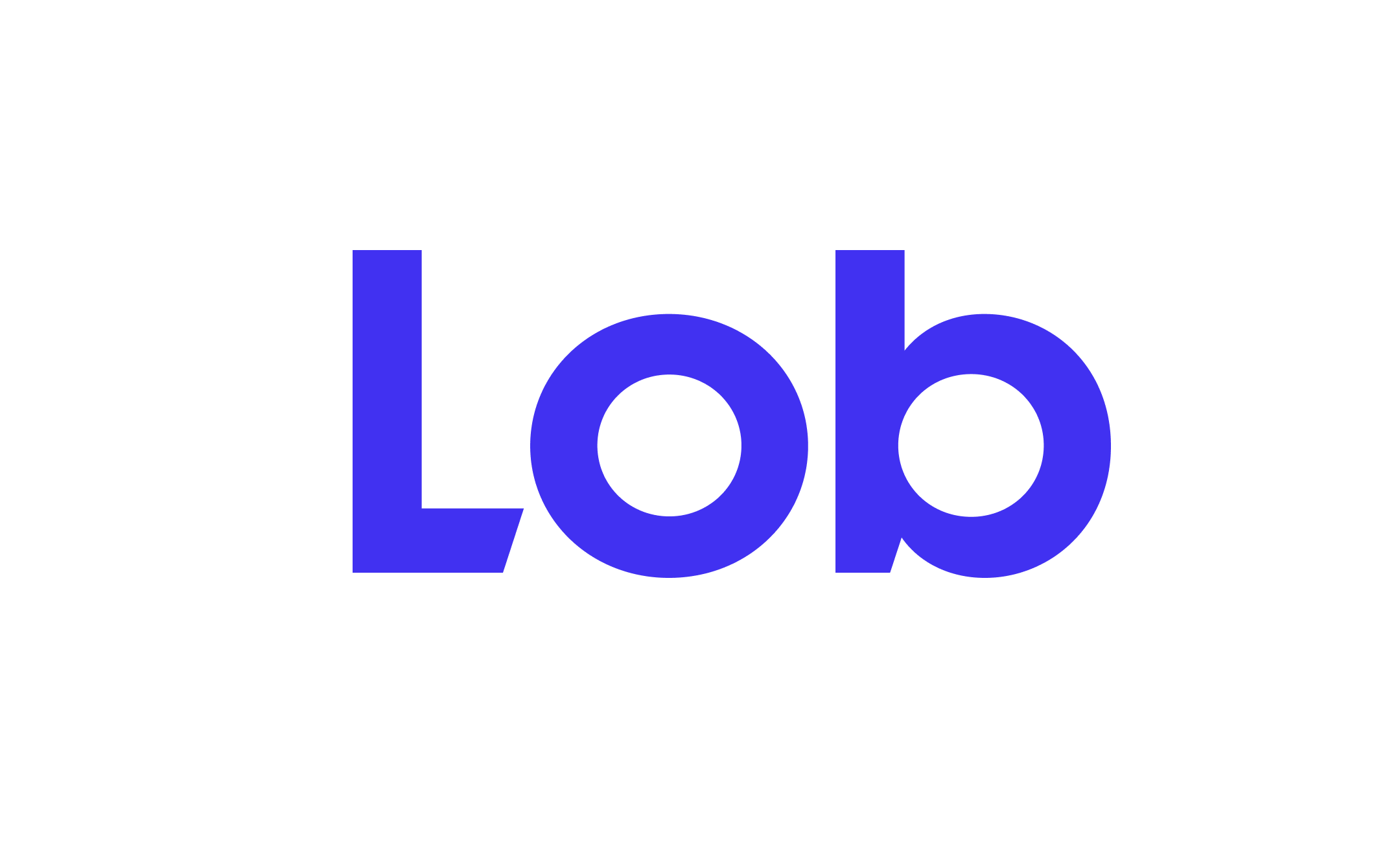The following is a guest post by Tierney Wilson, senior vice president of client strategy and consulting at January Digital. Opinions are the author's own.
For brands, this is the year of embracing new media and selling on new platforms based on the knowledge gained and lessons learned over the past two years. This year will be data-rich and place agnostic, allowing brands to leverage all the customer-centric capabilities and services they've been painstakingly building to come out of the pandemic stronger than ever.
As ad costs on legacy digital channels have risen and privacy concerns continue to grow, it is essential for brands to diversify media spend beyond Google, Facebook and Amazon, long known as the "big three" in digital advertising.
So, what are the key opportunities for media diversification in 2022? TikTok, digital TV, native display and streaming audio. Brands that evolve with shifting consumer media consumption and shopping behavior will be well positioned to differentiate, thrive and grow within these channels. Here's a deep dive into each, along with best practices.
TikTok
In 2021, the percentage of people exposed to ads on TikTok nearly doubled, from 19% to 37%, according to Kantar. With new features like TikTok Shopping and livestream shopping events, TikTok has positioned itself as a strong competitor to legacy social players like Instagram and Facebook.
Brands advertising on TikTok need to understand the consumer mindset; they come to TikTok to be entertained and consider TikTok as "viewing" time, much like Netflix or YouTube. To connect with the TikTok audience, brands need to create engaging ads that feel representative of the organic content the app is known for. Best practices dictate that brands that advertise on TikTok should create authentic TikToks that entertain rather than content designed to sell. According to TikTok, that is an effective approach:
- 65% of TikTokers like brands better when they create or participate in a trend on TikTok
- 43% try something or go somewhere new after seeing it on TikTok
- Seven in 10 users believe TikTok communities have the power to create change in culture
Bottom line: TikTok is emerging as a strong way for brands to build consumer relationships, but marketers will need to play by the ground rules to succeed.
Digital/Connected TV
As CTV has continued to become a staple in 80% of U.S. households, almost 60% of marketers have begun to shift ad dollars out of linear TV and into connected TV. And while that shift from linear to CTV feels like a natural shift as the landscape changes, what is even more surprising is that more than 40% of marketers have shifted money from their paid social channels into CTV. Many brands have probably already tested here, but the rise of premiere content on streaming platforms will continue to attract premiere advertisers, leading to more ad dollars flowing to these platforms in 2022. EMarketer forecasts that spending on CTV will increase 27% to $24.2 billion this year.
With new privacy changes affecting how advertisers can target users on social platforms, CTV affords advertisers the ability to target consumers and specific audiences while also having measurement abilities similar to paid media. Reaching consumers through CTV is valuable with 46% ad recall for TV streaming versus 33% for social media ads. Creating ads that engage and educate viewers can have major benefits for brands. In a poll from Roku and Harris, 50% of respondents said they had seen a TV streaming ad compelling enough that they stopped what they were watching to learn more. That marks a 150% increase in three years.
The prevalence of second screens while watching TV presents advertisers with the unique opportunity of leveraging technology like QR codes to further engage viewers. With 67% of viewers using their mobile device as their second screen during commercial breaks, incorporating ways to encourage the use of that second screen can help extend the user's interaction with the ad and allow for display retargeting opportunities. With Amazon, Netflix and NBCU all rolling out shoppable features on their platforms, using these platforms to establish multiple customer touch points should be a primary consideration when strategizing and creating ads for CTV.
Native display
With the ever-increasing importance of authenticity in content marketing, native display advertising provides users an experience that matches the content and context of its placement, whether it is located on a news site, publisher site or recipe blog. Native display placements allow brands to be more impactful and creative in their storytelling. Using zero- and first-party data to better understand consumers, brands can be more effective in choosing premium placements that will resonate with target audiences.
While social platforms will remain leaders in market share of native advertising, their share has been on the decline from 77% in 2018 to 74% in 2020. Meanwhile, native display ad spending has been on the rise from $17 billion in 2016 to $53 billion in 2020. Mobile continues to grow with native advertising spend doubling between 2018 and 2020 to $45 billion in the U.S.
A couple key trends for 2022 will come from both video and interactive native formats. Video has become a key trend over the past few years and to no surprise, this format will become more prominent in native advertising. Finally, with the rise of the metaverse, engaging and interactive placements will become more mainstream, especially in the mobile space.
Streaming audio
The share of paid audio subscribers is continuing to grow year over year, with eMarketer predicting that by 2023, 130 million people in the U.S. will be paid audio subscribers. With over 40% of U.S. internet users subscribing to paid audio services, it is crucial to have a strategy that engages them as the cookieless future approaches.
Podcasts offer advertisers the opportunity to deliver targeted ads to consumers with distinct values and interests. With ad recall on podcasts 4.4 times higher than other forms of digital advertising, it is important to harness the power the medium affords advertisers by including compelling narrative elements to ads to further engage listeners. Additionally, with more than 65% of Gen Z adults noting that friend and family recommendations were their most trusted sources for product recommendations, capitalizing on the ability to have the ads delivered by their favorite podcast hosts helps to improve brand credibility, which could assist in moving consumers through the purchase funnel in a more efficient manner.
As advertisers have continued to discover the benefits of paid audio advertising, platforms have begun to introduce new features to capture listeners' attention. Spotify's "Call-To-Action Cards" enable advertisers to include customized and clickable visual assets to accompany the ad's audio to encourage conversion. Additionally, Amazon introduced the ability for listeners to respond to ads and ask for additional information on Alexa devices playing Amazon Music.
As we move into a cookieless future, advertising on paid audio platforms presents advertisers with the opportunity to deliver targeted ads to a variety of audiences with content that engages audiences with auditory and visual elements.
A year of embracing and excelling with new media channels
2022 will be a year of embracing and excelling with new media channels. If 2020 marked unprecedented change and 2021 was a year where every brand and retailer became more agile to survive, then 2022 is the year of turning that resilience into undeniable strength. Successful brands that take the lessons from the past two years and focus their energy on testing more aggressively into new media channels versus sticking with what's comfortable will succeed in engaging and converting consumers this year.




















